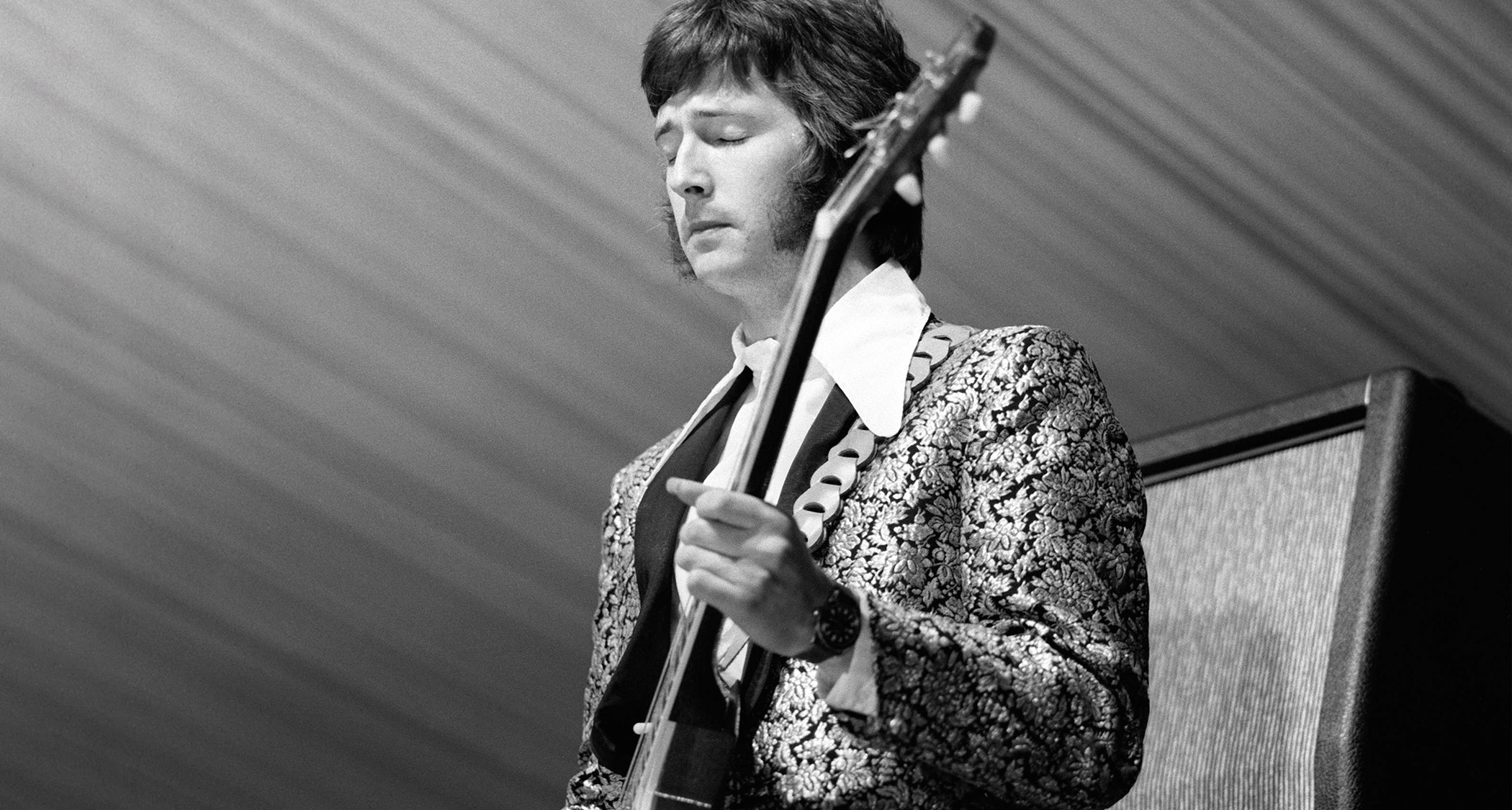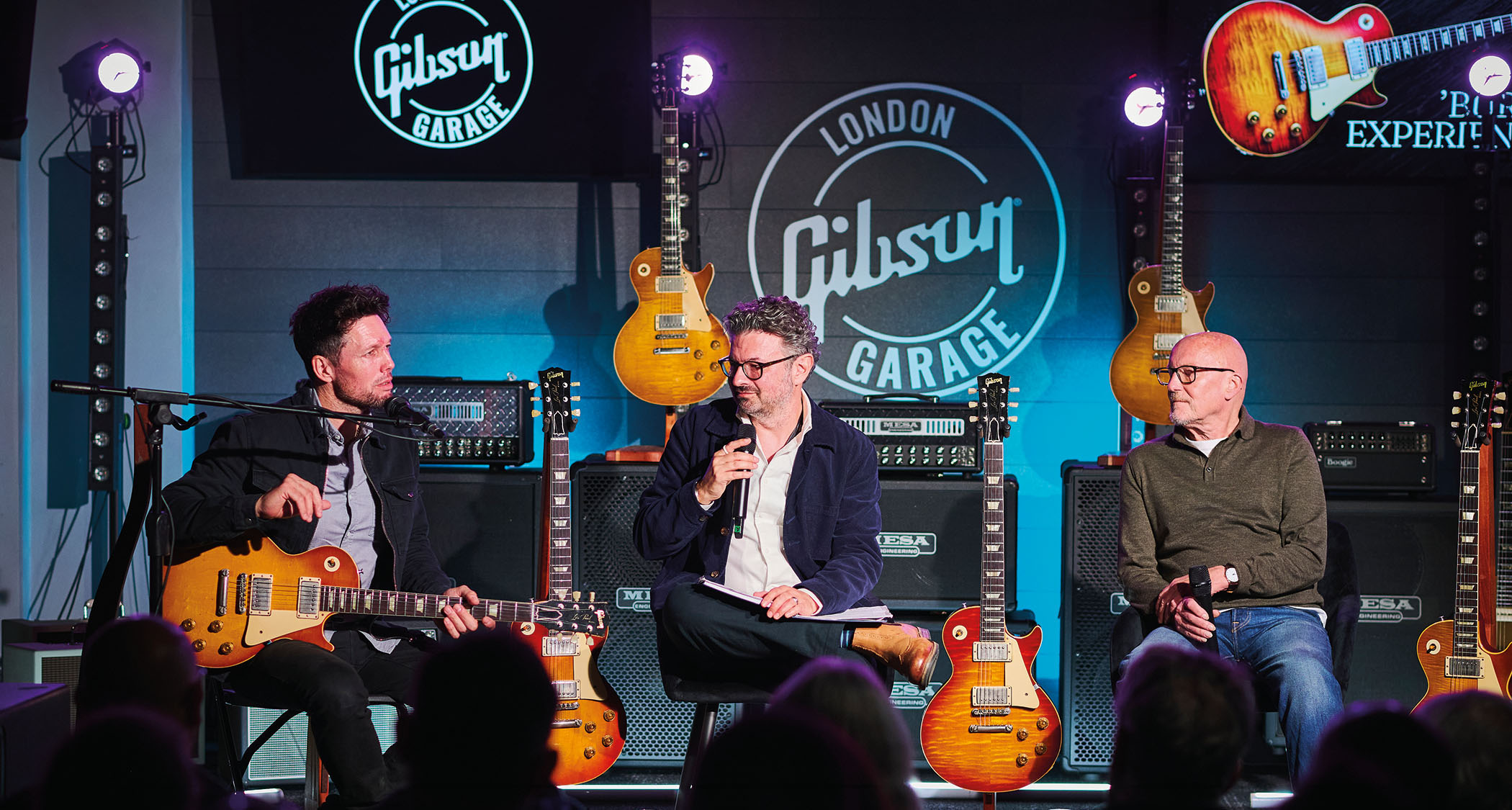“The tone EC achieved on that record has become one of the classic archetypes for how an electric guitar should sound”: How Eric Clapton got his tone on John Mayall and the Bluesbreakers’ ‘Beano’ album
The ‘Beano’ album has become a benchmark for how a Les Paul ’Burst and a Marshall could sound together. But how Clapton got that tone is a little more complex than that...

Few guitarists will forget the first time they heard Clapton’s ecstatic playing on the track Hideaway from the Bluesbreakers’ ‘Beano’ album.
The tone EC achieved on that record has become one of the classic archetypes for how an electric guitar should sound. His Les Paul is pushed hard, its voice a full-throated yet expressive song – with the dynamics to reveal the nuance of every phrase – but enough sustaining compression to really take flight when Eric lets rip.
The basics of how he got that sound, in terms of gear, are known. The guitar used was, of course, the ‘Beano ’Burst’ whose current whereabouts are unknown (though widely speculated upon).
Stuart Robson of Sunbear Pickups, a tone archivist by trade, fills in some of the other details of the guitar, both documented and conjectured: “When it comes to Clapton’s long lost ‘Beano ’Burst’, speaking in absolutes is rarely, if ever, possible. After all, this ’Burst, which helped inspire so many to pick up the guitar themselves hasn’t been seen in 57 years.
“With that said, it’s broadly agreed that this Les Paul, with its double black [bridge] and double white [neck] PAF pickup set was a 1960. This helps us a little when it comes to its pickups but not quite as much as it might first appear.”

“Some key changes occurred at Gibson through 1960, so the elusive detail of precisely when the guitar was built leaves us relying just as much on the recordings themselves as anything else, and what recordings they are!
“To my ear, this Les Paul has the certain strident ‘shouty’ edge common to later PAF specs and this leads me to feel the coils were probably quite even, Leesona-wound spec, likely Alnico V magnets and a moderate-to-high wind in the PAF range of the time.
All the latest guitar news, interviews, lessons, reviews, deals and more, direct to your inbox!
“The guitar howls and responds in Clapton’s hands as few things can more than a classic, unpotted PAF and regardless of the specifics, they were clearly a pair that exhibited much of what made these sometimes inconsistent pickups so legendary.”
The amp used was, famously, a Model 1962 Marshall combo with two 12-inch speakers that was effectively a JTM45 in combo format. But Adrian Emsley of Orange Amps cautions that, when trying to achieve Clapton’s sound on the album, you have to factor in the compressors and mic preamps used for the session – things that aren’t usually on guitar players’ radars but which were just as present and influential in the signal chain as any other element.
“People will go, ‘Oh, I have a JTM45, I have a Les Paul, but it doesn’t sound like Bluesbreakers,’ and that’s because you haven’t got a mic preamp with 48-volt rails going into a [Teletronix] LA-2A Leveling Amplifier [compressor] going into a tape machine. That is a massive part of it,” Adrian explains, with a wry smile.
“In the 1970s, that became an [Universal Audio] 1176. But it’s still the same. Back then it was literally: microphone, mic pre, line level, compressor, tape machine.”
Jamie Dickson is Editor-in-Chief of Guitarist magazine, Britain's best-selling and longest-running monthly for guitar players. He started his career at the Daily Telegraph in London, where his first assignment was interviewing blue-eyed soul legend Robert Palmer, going on to become a full-time author on music, writing for benchmark references such as 1001 Albums You Must Hear Before You Die and Dorling Kindersley's How To Play Guitar Step By Step. He joined Guitarist in 2011 and since then it has been his privilege to interview everyone from B.B. King to St. Vincent for Guitarist's readers, while sharing insights into scores of historic guitars, from Rory Gallagher's '61 Strat to the first Martin D-28 ever made.


